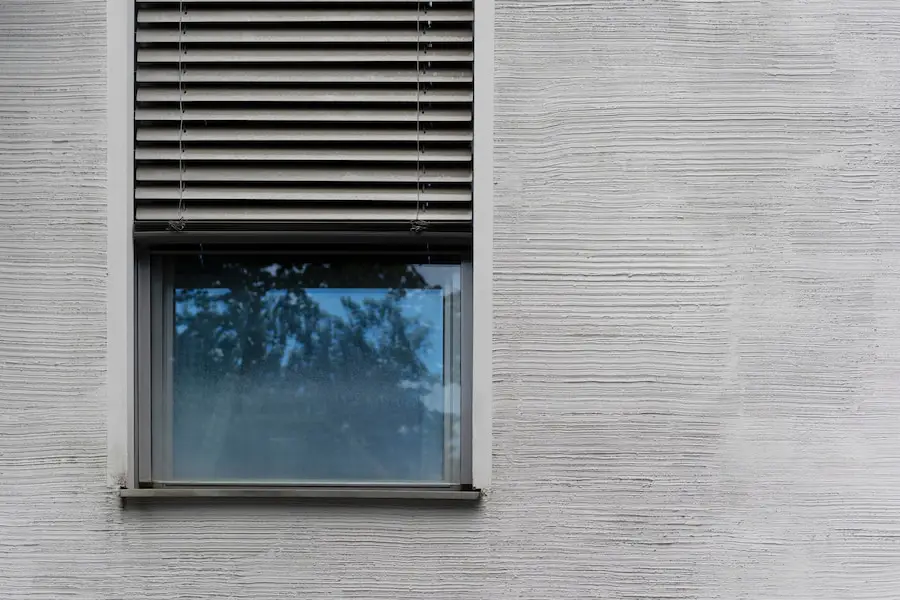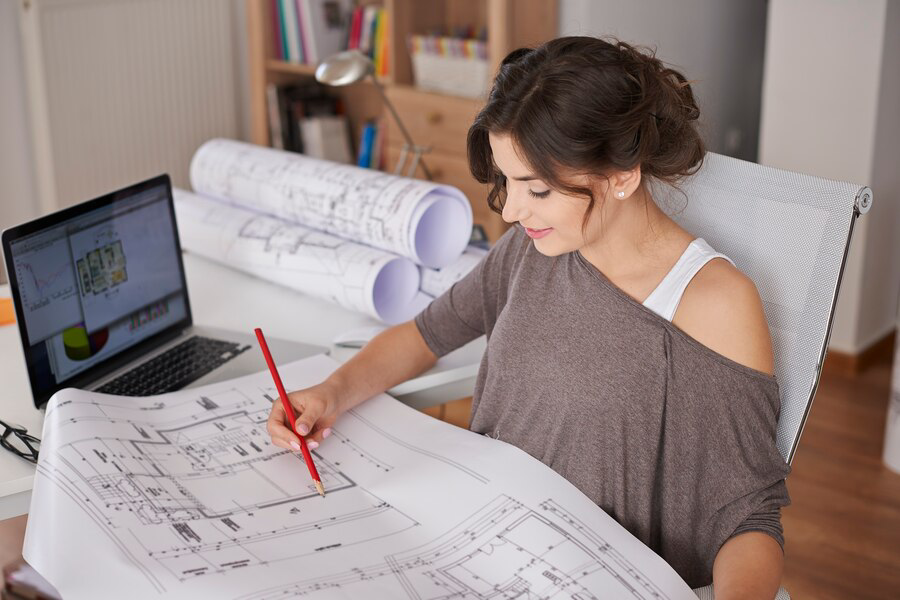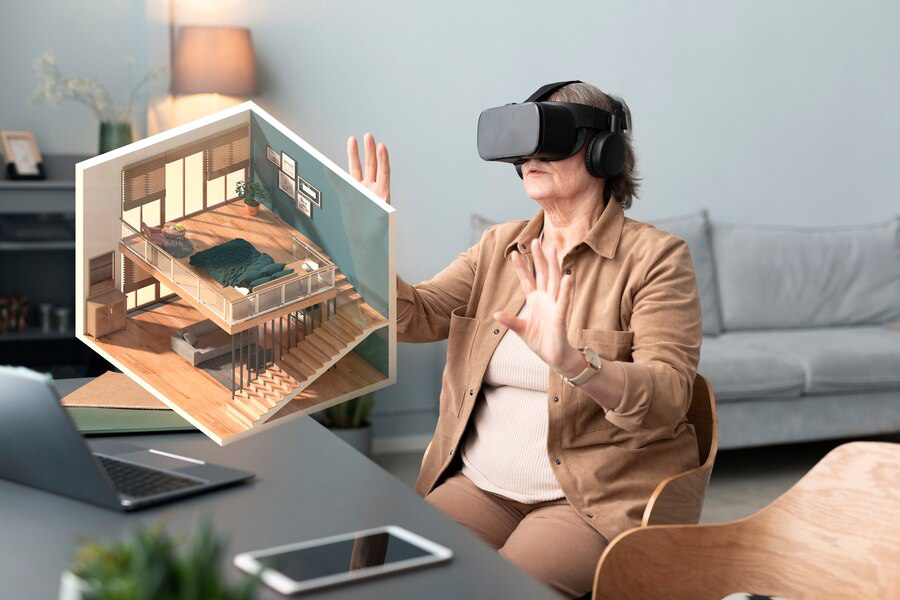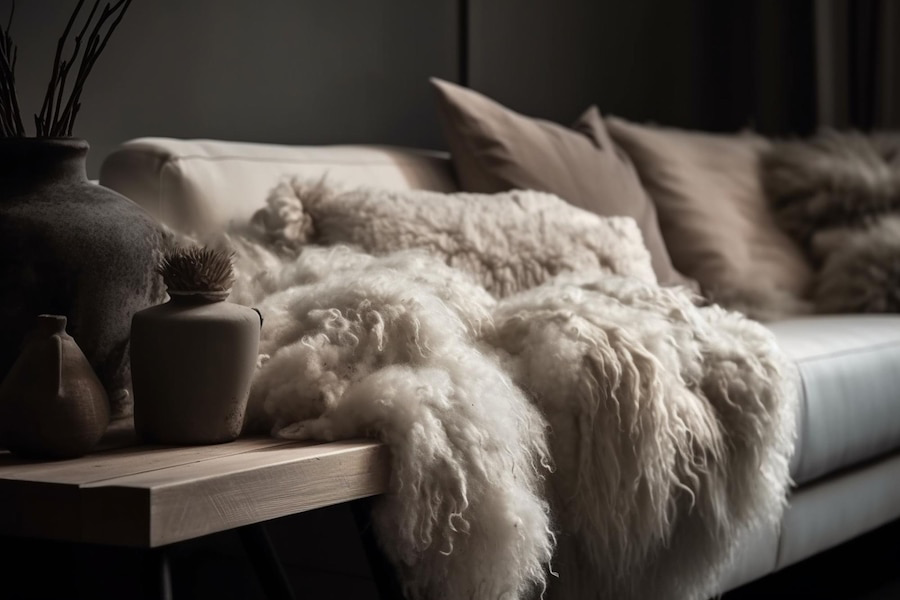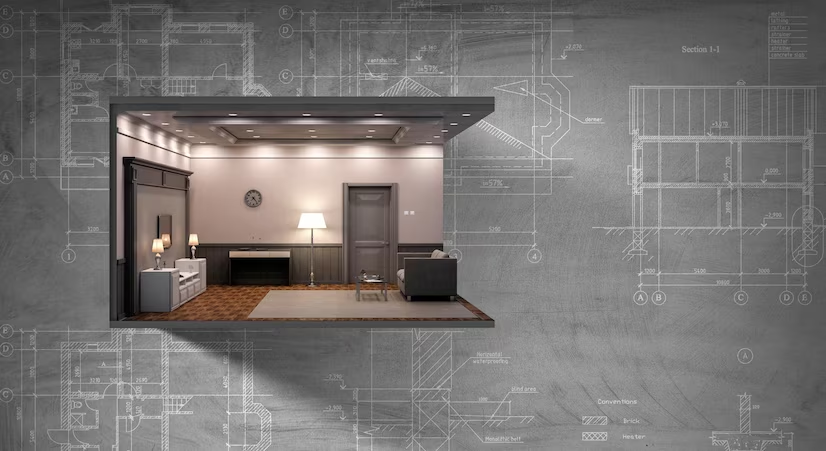Timeless Elegance: Window Coverings That Never Go Out of Style
In this article, we’ll explore the window coverings that stand the test of time, offering functionality and beauty. Regarding home decor, some trends come and go like fleeting fads, but certain elements remain eternally stylish. Window coverings are an integral part of any room’s aesthetics, and choosing timeless options can ensure your home maintains a classic, elegant look that never goes out of style. Curtains have been a staple of interior design for centuries. Their flowing fabric and ability to frame a window make them a timeless choice. Whether you opt for sheer, linen, or velvet, curtains add an elegant touch to any space. They are versatile and can suit various interior styles, from traditional to modern. Curtains offer privacy and control the amount of natural light entering a room. They can be paired with blinds or shades for added functionality. Their adaptability makes curtains timeless; you can change the hardware or tiebacks to keep up with evolving trends. So, what window coverings are timeless? Let’s dive in. Window Blinds Blinds, such as Venetian or Roman blinds, have proven to be timeless choices thanks to their simplicity and practicality. These window coverings are perfect for those who prefer a clean and uncluttered look in their living spaces. Blinds are appealing because they offer precise control over the amount of light that enters a room. By adjusting the slats or the position of the blinds, you can easily find the perfect balance between sunlight and shade. This functionality is particularly valuable, as it allows you to create the ideal ambiance for your space, whether for work, relaxation, or entertainment. Blinds come in various materials, ranging from warm and natural wood to sleek and modern aluminum. This diversity of materials means that you can effortlessly match your blinds to the overall decor of your home. Wood blinds impart a warm and cozy atmosphere, while aluminum blinds exude a more contemporary and industrial vibe. Ultimately, blinds’ classic and practical nature makes them a go-to option for those who value aesthetics and functionality in their window coverings. Window Shades Window shades like roller or Roman are celebrated for their minimalist charm. These window coverings offer a clean, unobtrusive appearance that complements virtually any interior style. Their simplicity allows them to seamlessly blend into the decor, making them a versatile and enduring choice. Whether you prefer a neutral color that subtly complements the room or a bold pattern that serves as a focal point, shades can be customized to meet your aesthetic preferences. The real charm of shades lies in their ability to bring a touch of sophistication to your windows without overwhelming the space. Their soft, clean lines and straightforward operation make them a practical and visually pleasing choice for residential and commercial settings. Shades are an excellent option for window coverings with understated elegance. Plantation Shutters Plantation shutters symbolize timeless elegance, embodying a classic look that has captivated homeowners for centuries. These shutters boast a sturdy construction that has contributed to their enduring appeal. Typically crafted from wood or faux wood, they provide privacy, excellent light control, and insulation. Their ability to regulate natural light and maintain the temperature within your home has made them a favorite choice for many. One of the remarkable features of plantation shutters is their adaptability. These window coverings can seamlessly fit into traditional, contemporary, or eclectic interior settings. Whether stained to highlight the natural beauty of wood or painted to match your color scheme, they exude an air of refinement that elevates any room. Plantation shutters are, without a doubt, an embodiment of timeless elegance. Sheer Curtains Sheer curtains are a wonderful choice for those seeking to infuse their rooms with romance and softness. The delicate, translucent fabric of sheer curtains possesses a unique quality—its ability to diffuse natural light, creating a dreamy and ethereal atmosphere. Whether used independently or layered with other window coverings, sheer curtains have a timeless appeal that transcends design trends. Their versatility lies in their ability to provide a gentle, filtered light that adds warmth to your living spaces. Sheer curtains evoke a sense of airiness and lightness, making them particularly suited for bedrooms, living rooms, and even dining areas. When the sun’s rays gently filter through the sheer fabric, it imparts a serene and relaxing ambiance perfect for unwinding after a long day. If you’re looking for window coverings that create an atmosphere of sheer elegance, these curtains are the answer. Drapery Panels Drapery panels, often combined with other window coverings, offer your windows an additional layer of luxury. These panels can be custom designed to harmonize with your interior decor, allowing you to personalize your space. In various fabrics, patterns, and colors, drapery panels provide an opportunity to infuse your style into your home’s design. The appeal of drapery panels lies in their ability to make a statement. Whether adorned with intricate patterns or bold colors, they can be your room’s focal point. Additionally, their ability to be paired with other window coverings allows you to achieve style and functionality. Draper panels can insulate your home, block out light, and enhance the overall aesthetics. If you seek to infuse your living spaces with luxury and personalization, drapery panels are an excellent choice. Timeless Material: Linen Linen is a material that transcends design trends and never goes out of style. Linen curtains and shades offer an organic, relaxed vibe that suits various design aesthetics. One of the standout features of linen is its breathability, making it perfect for maintaining a comfortable and timeless ambiance within your home. Linen window coverings are also environmentally friendly, which aligns with the growing trend of sustainable living. Their versatility is evident in their ability to adapt to various design styles, from rustic and coastal to modern and minimalist. Whether you choose linen curtains that hang in gentle folds or sleek linen shades, you’re embracing a material that stands the test of time while adding a touch of calm and timeless sophistication to your space.
Timeless Elegance: Window Coverings That Never Go Out of Style Read More »

